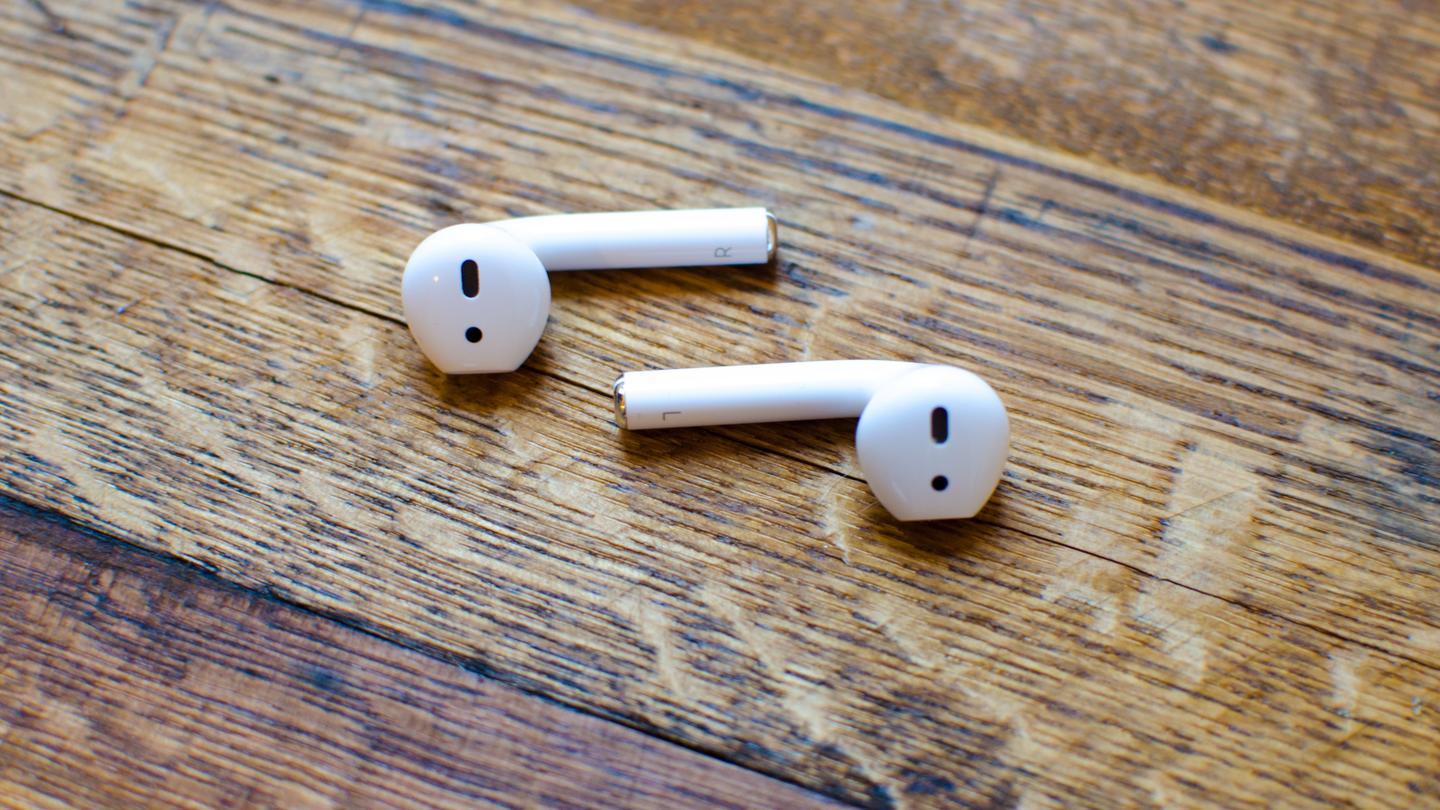Hearing loss is thought to affect as much as 15% of American adults, but hearing aids aren’t always easy to come by. A team of scientists exploring low-cost alternatives has turned to Apple’s AirPods as a potential solution, assessing them alongside conventional hearing aids to find they stack up surprisingly well.
Not only are hearing aids expensive, obtaining them usually involves a series of medical exams, a prescription from an audiologist and then follow-up visits to ensure they are properly tuned. US authorities have made moves to improve access to these devices, with the FDA recently establishing a new category for cheaper, over-the-counter hearing aids that meet certain requirements.
Researchers at Taipei Veterans General Hospital have also been exploring ways to improve the quality of life for sufferers of hearing loss. This led them to Apple’s AirPods, which since 2016 have carried a feature called “Live Listen” that enables mobile devices to act as microphones that relay enhanced sound to the user’s earbuds (or Beats headphones).
In their experiments, the researchers compared basic US$1,500 hearing aids, premium $10,000 hearing aids, AirPods 2 and AirPods Pro, the upmarket version of the earbuds with noise cancelling capabilities. The four devices were tested by 21 subjects with mild to moderate hearing loss, with the researchers reading out short sentences and asking the participants to repeat them verbatim.

Emily Ferron/New Atlas
The AirPods Pro performed comparably with the basic hearing aids in a quiet environment, and were slightly inferior to the premium hearing aids. The AirPods 2 didn’t perform as well, but did still help the subjects hear more clearly than they could without hearing aids. In a noisy environment, the AirPods Pro performed comparably to the premium hearing aids, but only when the noise came from a lateral direction. When the noise came from a front-on direction, they, along with the AirPods 2, failed to enhance the subjects’ hearing.
“Two reasons may account for the difference between the two scenarios,” says Ying-Hui Lai, the study’s co-author. “It may relate to the trajectories soundwaves travel with, as well as the advanced signal processing algorithm by premium hearing aids. This finding will hopefully inspire engineers to design hearing aids and personal sound amplification products that are more sensitive in certain directions.”
With AirPods 2 retailing for US$129 and the AirPods Pros for $249, the earbuds are far cheaper options than conventional hearing aids, though they are not a suitable replacement for a hearing device prescribed by a medical professional, either. However, the scientists see their work as a proof of concept and believe further technological advances could see wireless earbuds play some sort of role in this area in the future.
“Globally, the wireless earphone market is growing rapidly,” said Lai. “Some companies are interested in exploring the possibility of designing earbuds with sound amplification features. Our study proves that the idea is plausible,
The research was published in the journal iScience.
Source: Cell Press via EurekAlert
Source of Article